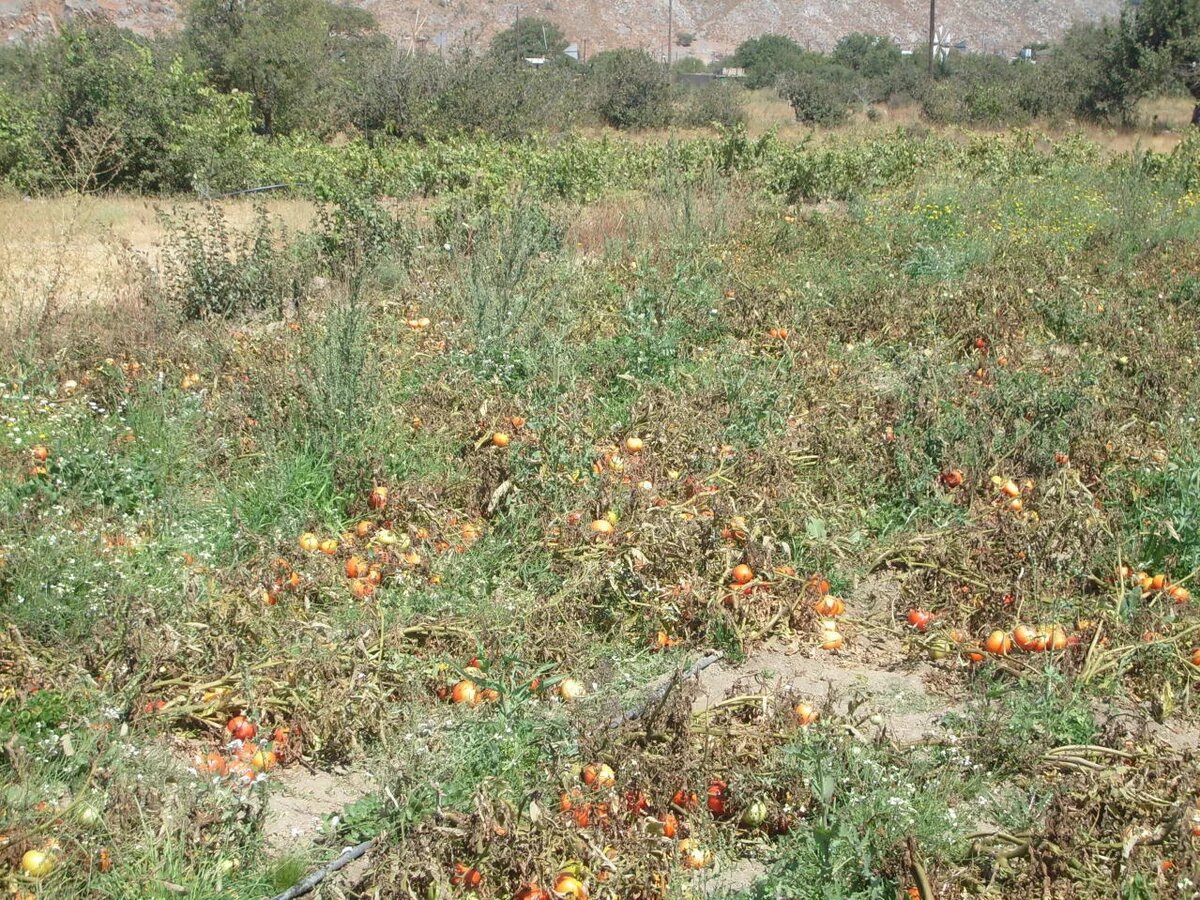We all come into contact with it, especially when shopping for fresh fruit and vegetables. Hardly anyone is aware of it: many hours of ‘invisible’ labor – often by migrant workers from Africa, Latin America, Asia and Eastern Europe toiling in agriculture in the Mediterranean region – go into virtually all agricultural products.

Mobility, a key feature of our modern society, affects people, goods and information, all of which move with increasing speed between regions. This results in a variety of overlaps, translations and also conflicts – the latter particularly when the rules of interaction and exchange are uncertain and opaque and inequality is thus reinforced rather than remedied. Labor migrants working in European agriculture are an exemplary illustration of the powerful interdependencies of our globalized world and how they are reflected in concrete living conditions: Labor migrants have been working in a variety of often precarious conditions – in some cases, for decades. They produce food for our consumption, sell their labor, and in doing so become part of new networks and communities.
These three contributions address processes in which we are all intertwined, directly or indirectly – processes that we implicitly influence, often without feeling responsible for them, let alone liable for abuses. The following aspects must be considered:
- Europe and the Mediterranean region in particular have a long history of labor migration. Agriculture is by no means irrelevant in this regard. It is still significant, both in terms of production output and employment effects, particularly in Spain, Italy and Greece. It still provides a livelihood for up to ten percent of the working population in these countries. Moreover, depending on the activity, thresholds to entry – such as formal qualifications – are relatively low for agricultural work. Farming can thus absorb labor migrants relatively easily in comparison to other economic sectors.
- At the same time, European agriculture is characterized by aging, urban drift, the dissolution of family businesses and a demographic and economic exodus, particularly in peripheral areas that are poorly suited to mechanization. Labor migrants make considerable contributions here; they do not displace local workers, but – like the young immigrant wage herdsmen in European mountain regions – enable local daily life to continue instead.
- Conversely, concentration processes are occurring in certain favorable regions. New areas of intensive agriculture are being established, for example in southern Spain, where wage laborers grow vegetables under sheets of plastic for export. The example of strawberry cultivation in Greece shows that the expansion of agricultural areas – for which immigration is a prerequisite – can continue even in times of economic crisis.
- Work security and compensation vary for different immigrant groups, however. In commercial agriculture, labor costs are often the last remaining significant variable for a further reduction of production costs. From the business point of view, this is best realized with irregular labor. In the practice of commercial farms, a mixture of laborers that changes over the course of the year can often be observed: depending on their seasonal requirements, such operations rely on a flexible mixture of employees, seasonal workers and irregular laborers that each have different contracts, are exposed to different hazards and are compensated differently.
- Social costs are distributed unevenly: On one hand, labor migration into agriculture perpetuates exploitation and insecurity. Time and again, local protests and strikes testify to massive injustice and local racism (El Ejido, Spain; Rosarno, Italy). On the other hand, labor migration also permits social advancement for certain groups; this has particularly been the case if it takes place over a longer period and in the ‘right’ time window. These include phases of economic growth and times of legalization of irregular migrants (Moroccans in Spain, Albanians in Greece). Moreover, even precarious sources of income permit the negotiation of new gender positions: circular work migration over the course of several years can lead to the self-empowerment of women.
- However, the legalization of certain services such as the recruiting of agricultural workers, which is increasingly being handled by private temp agencies, does not per se mean that the working conditions for migrants are also improving. The opposite can be the case. For many often uneducated workers, the recruiting process is marked by a new lack of transparency regarding the conditions of deployment, such as the place of work, hours, compensation for overtime, etc. New dependencies, which to date have hardly been illuminated by audit processes, are emerging. NGOs could play an important role here.
- Dynamics: The recruiting of workers has expanded internationally. But who wants to migrate? A recent study shows that among young people in the Arab countries, only a small group is seriously considering labor migration (cf. Gertel & Hexel 2017). The example of Greece also shows that a shift has taken place: international refugee numbers are rising, and complex emergencies are making places such as Syria and South Sudan into the new countries of origin. Flight from crises and labor migration are overlapping.
- Regulation and legislation: In light of these developments, the need to establish a transparent immigration policy at the European level is becoming increasingly urgent. The findings on labor migration into European agriculture show that there are not just one-sided winners or ‘beneficiaries’, but that we all stand to benefit if we can create security through reciprocity. Whenever invisible, insecure and uncertain factors are resolved, we gain predictability and trust, and thus prerequisites for productivity. That is something that we should all be advocating.